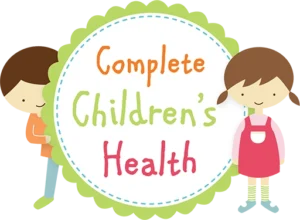A nonverbal learning disorder is, as it reads, a nonverbal learning disability though this may be confusing. It can often be an overlooked, misunderstood, and under-diagnosed learning disability.
It is characterised by poor visual, spatial, and organisational skills, difficulty recognising and processing nonverbal cues and poor motor performance.
Calling it “non-verbal learning disorder” is confusing as it implies that children with NVLD don’t speak when it is the opposite.

Around 93 per cent of communication we do is non-verbal if you consider body language, facial expressions and tone of voice. Those with NVLD have trouble interpreting this non-verbal language and rely on the seven per cent of verbal communication to understand what others mean.
Children with NVLD rely so much on verbal communication and not the other cues that they often talk excessively to compensate for their difficulties. A child with NVLD will hold you to every word you say. These children with NVLD will often have large vocabularies and outstanding memory and auditory retention.
Many children with NVLD symptoms can do well enough in primary school because they are very good at memorising and rote learning. Then, as they progress further, they fall behind when faced with the higher-order reasoning—figuring out the main idea, the details, the relationships etc. People with NVLD have challenges with math, spatial reasoning, fine motor skills, and social communication, but they usually have average or above-average intelligence. They also have strong verbal and reading skills.
NVLD involves problems managing visual-spatial information, such as difficulty drawing, writing, or telling time using analog clocks. Tasks that require motor coordination, such as tying one’s shoes, may also be impaired.
NVLD affects girls just as frequently as boys and tends to run in families, like most other learning disabilities.
Nonverbal learning disorder (NVLD) is a set of specific challenges slightly different from (but similar to) ADHD and high functioning autism. Because it is hard to identify and often misdiagnosed or confused for ADHD, they are both brain-based conditions. Each has different causes, and the appropriate interventions for the two conditions are not the same. While medications used for other disorders won’t help treat NVLD, therapies and accommodations can make a big difference. Come and have a chat with us, as we can help.
